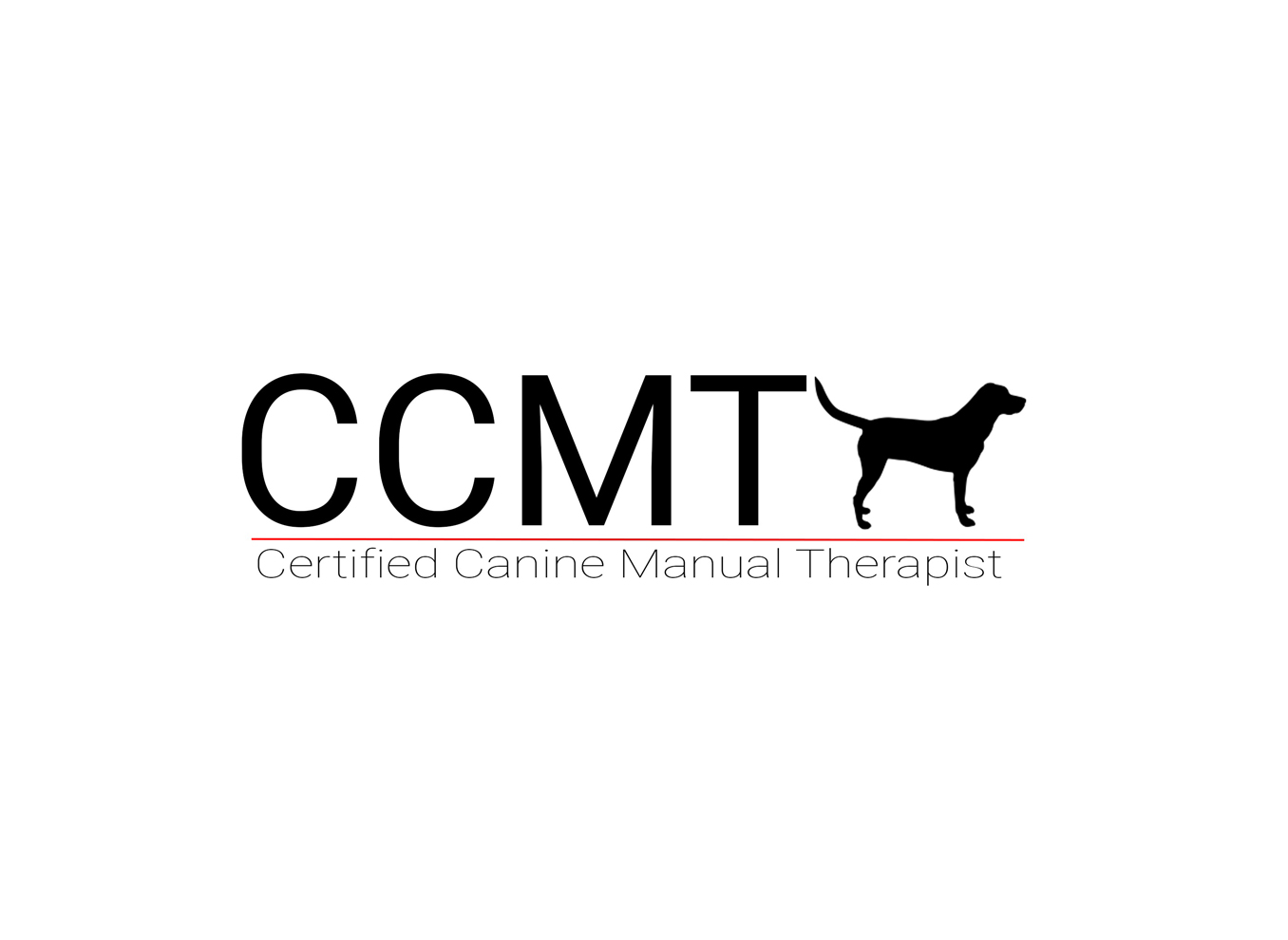

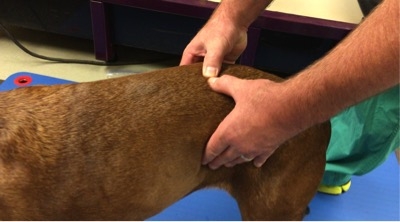

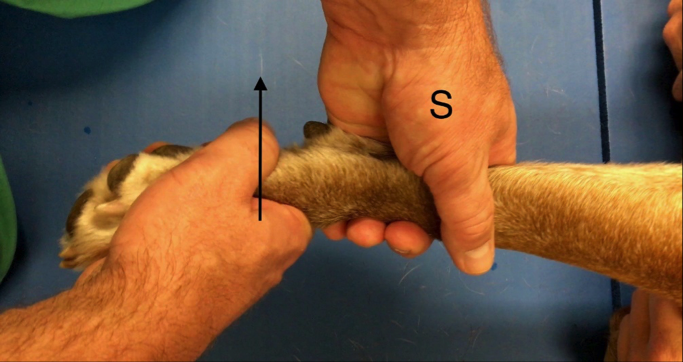

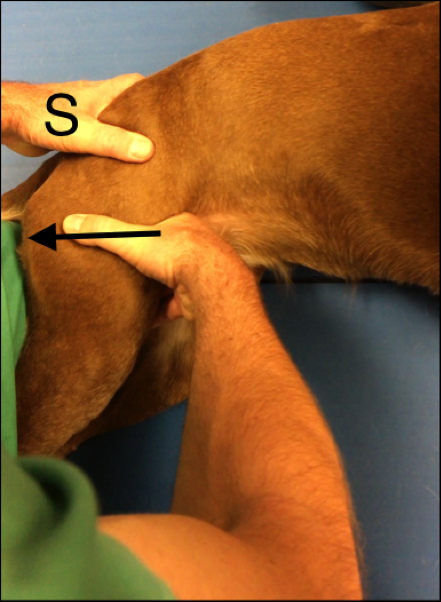

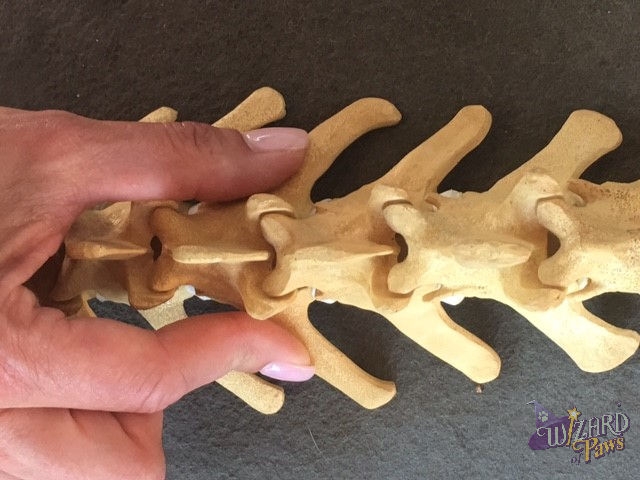

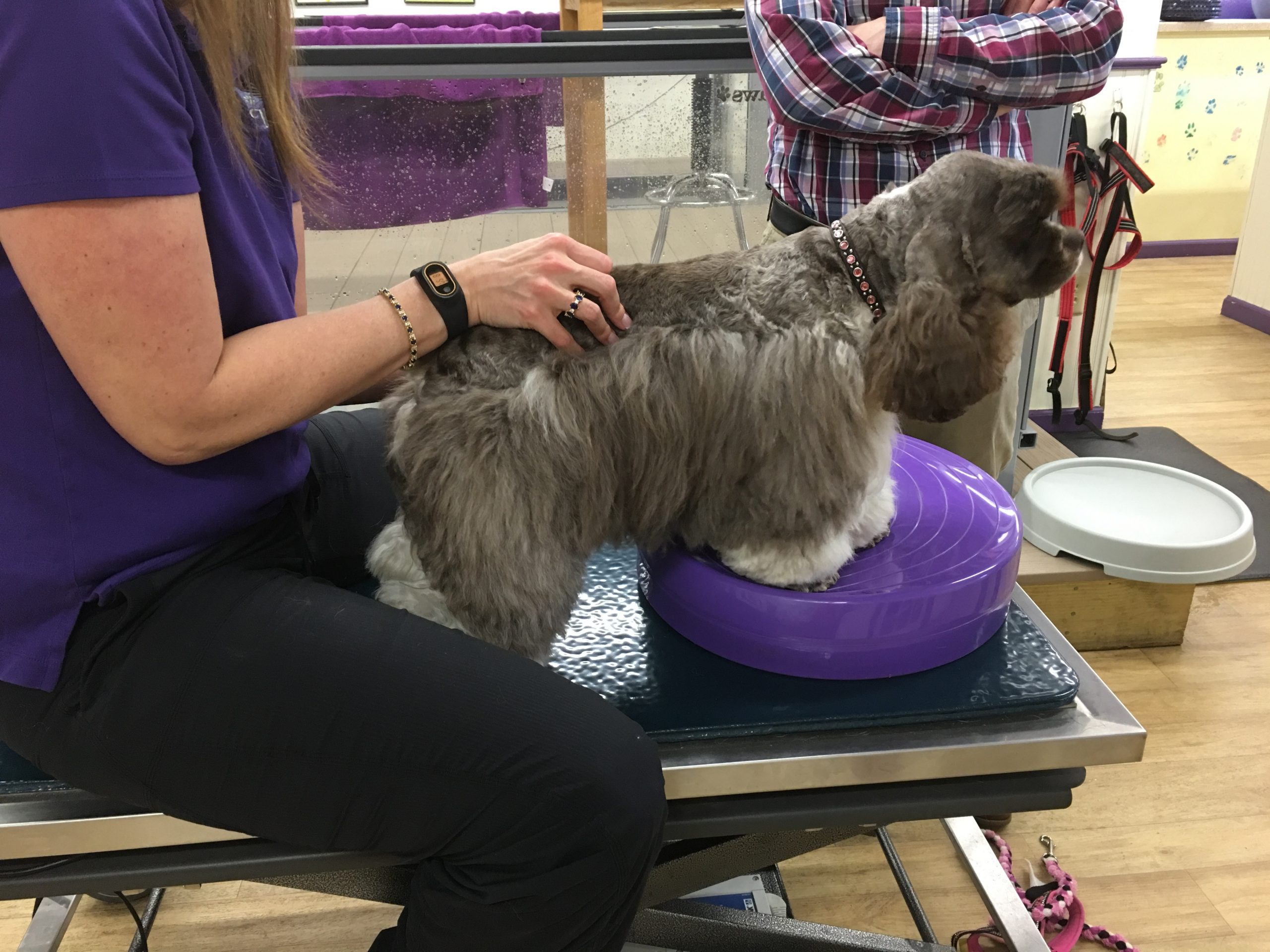

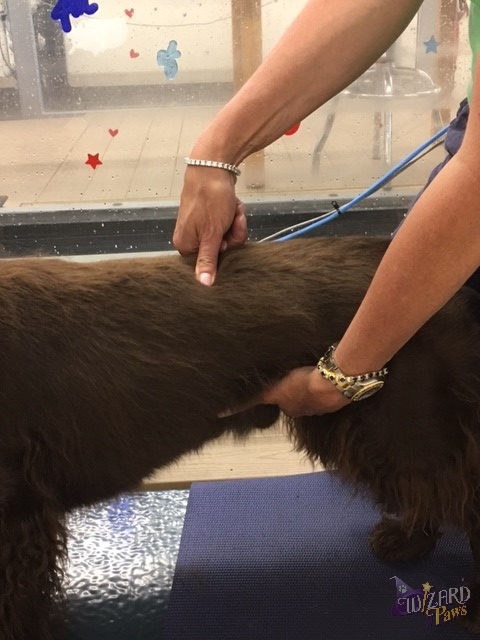

$599.00
- Description
- Course Details
- Learning Objectives
- Prerequisites
- Outline Online Lectures
- Certifications
- Reviews (0)
Description
Manual Therapy is a specialized treatment approach that consists of hands-on techniques including joint mobilization, massage, and other interventions designed to mobilize joints, activate muscles, connective tissues, and stimulate nerves in order to facilitate healing and restore optimal function. This program is designed to teach canine rehabilitation practitioners’ canine peripheral joint and spinal biomechanics, and manual therapy techniques inclusive of joint mobilization, massage, and range of motion. Our courses are designed to provide clinicians with practical techniques that will change the way they practice and help patients achieve maximal outcomes.
This course is designed to teach the basic principles of manual therapy including massage/soft tissue mobilization, and joint mobilization, with an emphasis on the extremities. Participants will combine online lecture material and hands-on experience with dogs as they learn these techniques. Manual therapy concepts and evidence-based rationale for treatment selection are covered in depth. Developing goal-focused treatment plans and assessing outcomes in canine rehabilitation patients will also be covered.
This program is delivered in a hybrid format of online lecture, hands on lab sessions, case studies and an online exam.
Course Details
Learning Objectives
At the completion of this program, students will be able to:
Part I: Manual Therapy: Introduction, Assessment and Techniques
- Have a working knowledge of the appendicular system, including bones, joints, articular surfaces, ligaments, muscles, and soft tissues.
- Comprehend various selected manual therapy techniques including massage/soft tissue mobilization and joint mobilization. Participants are encouraged to actively participate online and practice on their available animals.
- Discuss the indications, precautions and contraindications to various manual therapy techniques (massage/soft tissue mobilization and joint mobilization).
- Understand the basic principles of massage/soft tissue mobilization.
- Understand the basic principles of joint mobilizations with an emphasis on the extremities along with normal and abnormal end feels.
- Describe the common classifications of joint mobilization grades.
- Determine how and when to incorporate massage/soft tissue mobilization and joint mobilization into a treatment regiment
- Discuss trigger points, their etiology and management
- Discuss muscle spasms, their etiology and management
- Understand outcome measures and assessment techniques to guide the treatment progression
Part II: Joint Mobilizations of the Spine
- Identify the anatomy of the spinal anatomy inclusive of palpation, individual sections, and areas of the vertebrae.
- Cervical
- Suboccipital region
- Thoracic
- Thoracic with relation to ribs
- Lumbar
- Lumbosacral region
- Pelvis
- Identify the individual components of the vertebra inclusive of the spinous process, transverse process and facet joints.
- Identify the spinous and transverse processes of the available vertebrae independently
- Understand the functional anatomy of the spine as it relates to movement
- Understand the motions of flexion, extension, side flexion and rotation at each level of the spine
- Understand the individual movement of the spinal regions independently and how it relates to the appendicular skeleton
- Understand the principles of Maitland mobilization as it applies to the spinal movement with regard to grades I to IV
- Learn to assess end feel for each level of the spine and apply graded movements appropriately to manage pain and stiffness at each individual level of the spine
Prerequisites
DVMs, LVTs, PTs, DCs (American Veterinary Chiropractic Association) must all have completed (or have completed the majority) of their CCRP or CCRT/CCRA training.
Outline Online Lectures
Part I: Manual Therapy: Introduction, Assessment and Techniques (5.5 HOURS)
Module I Massage & Techniques
Unit 1: Why Do We Massage
Unit 2: Origins of Massage Therapy
Unit 3: Tools of Massage
Unit 4: Special Techniques & Theory
Unit 5: Where is this in Rehab?
Module II Joint Mobilization
Unit 1: Basic Principles of Joint Mobilization
Unit 2: Accessory Motions
Unit 3: Joint End Feels and their Significance
Unit 4: Grades of Mobilization, Part I
Unit 5: Grades of Mobilization, Part II
Module III Anatomy, Massage, and Mobilization of Limbs
Unit 1: Anatomy Review
Unit 2: Mobilizations
Unit 3: Distractions, Glides, Extensions
Unit 4: The Carpus and Thoracic Limb
Unit 5: Video Examples
Unit 6: Review, Bones & Joints
Unit 7: The Hip & Pelvic Limb
Unit 8: Massage of the Hip
Unit 9: Distractions & Compressions
Unit 10: The Stifle Joint
Unit 11: Stifle Extension, Hock & Foot
Unit 12: Tarsal Flexion
Unit 13: Spine & Lumbar Region
Part II: Joint Mobilizations of the Spine (7 HOURS)
Module I Introduction to Canine Joint Mobilization
Unit 1: Introduction
Unit 2: Treatment Approach
Unit 3: Determining the Problem
Unit 4: Goals & Contraindications
Unit 5: Motion, Pain, and End Feels
Unit 6: Grades of Mobilization
Unit 7: Case Study – Porter
Module II Joint Mobilization of the Spine
Unit 1: Spine Anatomy
Unit 2: Cervical Spine
Unit 3: Thoracic Spine
Unit 4: Lumbar Spine
Module III Cervical Spine
Unit 1: Introduction
Unit 2: TMJ & Scapulothoracic Region
Unit 3: Determine the Area of Limitation
Unit 4: Treatment Options
Unit 5: Headaches
Skeleton Model: Anatomy & Mobilization Techniques Cervical Region
Demonstration: Palpation & Assessment, Mobilizations
Module IV: Thoracic Spine
Unit 1: Signs of Thoracic Dysfunction
Unit 2: Assessment Techniques
Unit 3: Treatment Options
Skeleton Model: Anatomy & Mobilization Techniques Thoracic Region
Demonstration: Palpation & Assessment, Mobilizations
Module V: Lumbar Spine
Unit 1: Signs of Lumbar Dysfunction
Unit 2: Canine Hip Dysplasia
Unit 3: Osteoarthritis & Iliopsoas Area
Unit 4: Treating Lumbar Dysfunction & Pain
Unit 5: Pelvic Region
Skeleton Model: Anatomy & Mobilization Techniques Lumbar Region
Demonstration: Palpation & Assessment, Mobilizations
Certifications
CONTINUING EDUCATION CREDITS:
Provider # – Program Number: #
- Veterinarians: 12.5 hours
- Veterinary Technicians: 12.5 hours
You must be logged in to post a review.


Reviews
There are no reviews yet.